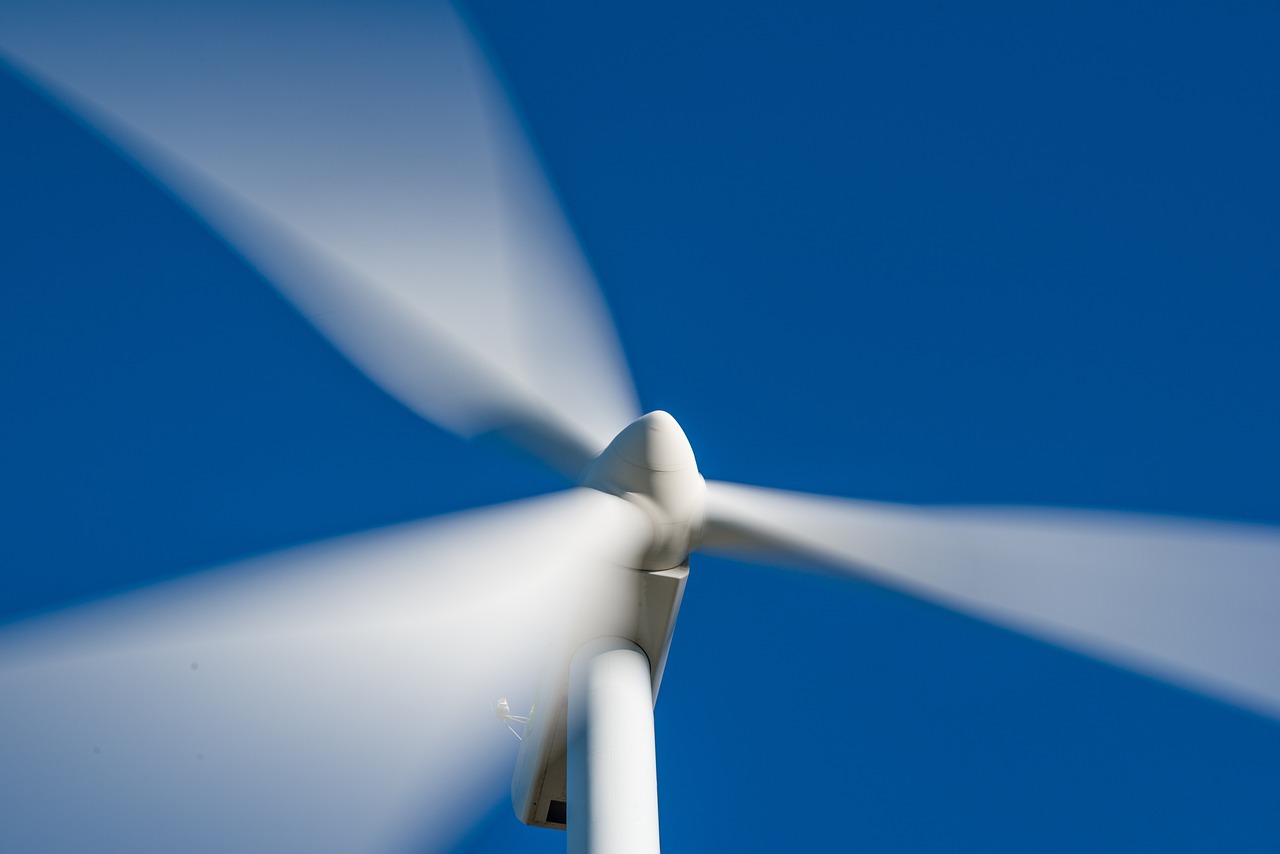Europe – European Union (EU) achieved a significant milestone by installing 17 gigawatts (GW) of new wind energy in 2023.
This accomplishment, slightly surpassing the figures from 2022, stands as the highest ever recorded in a single year. However, it’s a tale of both success and the pressing need for accelerated efforts as the EU falls short of the annual 30 GW target required to meet its 2030 climate and energy security objectives.
WindEurope’s data reveals that the EU’s wind energy additions for 2023 comprised 14 GW from onshore wind farms and 3 GW from offshore installations. Germany led the charts in introducing the most new wind capacity, closely followed by the Netherlands and Sweden. Notably, the Netherlands spearheaded offshore wind development, including the groundbreaking 1.5 GW “Hollandse Kust Zuid,” currently the world’s largest wind farm.
2030 targets
Despite the impressive strides, the EU faces a substantial gap between current achievements and the targeted 30 GW annual wind energy capacity to align with 2030 goals. The International Energy Agency (IEA) estimates a more modest projection of 23 GW per year for new wind installations between 2024 and 2028.
The EU Wind Power Package, a strategic roadmap for advancing wind energy, offers a ray of hope. However, its success hinges on effective national implementation. The European Wind Charter, a commitment signed by 26 EU Energy Ministers, underscores the urgency of delivering the Wind Power Package. Key actions include streamlining permitting processes, refining auction designs for new wind farms, and providing public financial support for wind turbine manufacturing and critical infrastructure.
Renewables’ contribution and capacity factor
In 2023, wind accounted for 19% of the total electricity produced in the EU. Hydroelectric power followed with 13%, solar with 8%, and biomass with 3%. Collectively, renewables constituted an impressive 44% of the electricity produced.
An encouraging trend is the increasing efficiency of wind energy production. The capacity factor, measuring the output from a unit of capacity, witnessed growth. New onshore wind farms achieved a capacity factor ranging from 30-48%, while offshore wind consistently reached 50%. This progress signals a positive trajectory in optimizing energy output from wind resources.





